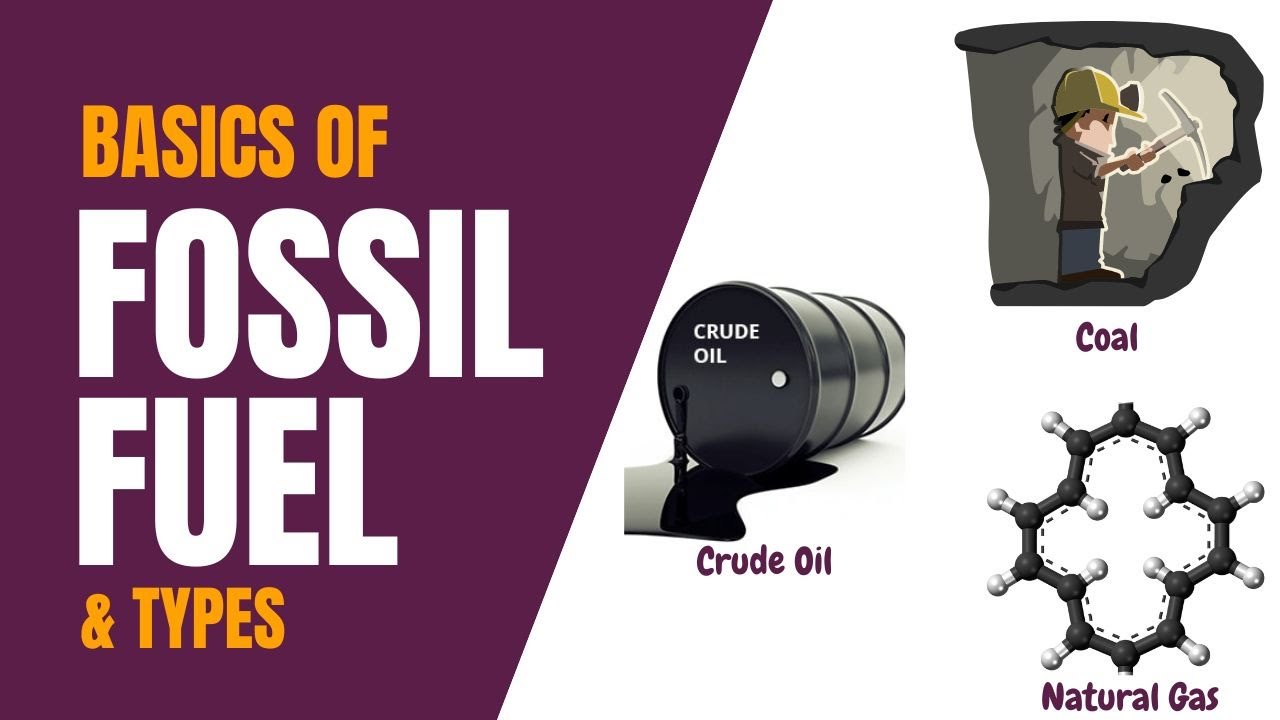Types of Crude Oil: Heavy vs Light, Sweet vs Sour, and TAN count
Summary
TLDRThis video explains the fundamentals of crude oil, a fossil fuel derived from ancient organisms. It highlights key characteristics that differentiate types of oil: weight (measured by API Gravity), sweetness (based on sulfur content), and Total Acid Number (TAN) which indicates corrosiveness. The ideal crude is light, sweet, and has a low TAN count. The three main benchmark oils—WTI, Brent, and OPEC—are also introduced, showcasing their varying qualities. Overall, the video underscores the market value of lighter and sweeter oils due to their lower processing costs and higher yields.
Takeaways
- 🛢️ Crude oil is a black liquid found in geological formations and is classified as a fossil fuel formed from dead organisms under heat and pressure.
- ⚖️ The three primary qualities that differentiate crude oil are weight, sweetness, and Total Acid Number (TAN) count.
- 📏 API Gravity is the standard unit of measurement for oil weight, with lower API indicating heavier oil and higher API indicating lighter oil.
- 💧 Light oil requires less processing and yields a greater percentage of gasoline and diesel compared to heavy oil.
- 🍬 Sweet crude oil contains very low levels of sulfur (well under 1%), while sour crude has higher sulfur content (1-2%).
- 🔧 Midstream companies need extra treating capabilities to process sour oil due to its higher sulfur content.
- 🔍 TAN (Total Acid Number) measures the corrosivity of crude oil, with higher TAN requiring more robust metallurgy for processing.
- 📊 An assay test is used to obtain a full chemical breakdown of a barrel of oil, determining its suitability for processing.
- 🌍 The three most well-known benchmark oils are WTI (West Texas Intermediate), Brent, and OPEC, each with distinct characteristics.
- 💰 Typically, the lighter and sweeter an oil is, the more valuable it is on the market, influenced by its sulfur content and API gravity.
Q & A
What is crude oil, and how is it formed?
-Crude oil is a black liquid fossil fuel formed from dead organisms that have been buried under intense heat and pressure over millions of years.
What are the three primary qualities that differentiate types of crude oil?
-The three primary qualities are weight (measured by API Gravity), sweetness (measured by sulfur content), and Total Acid Number (TAN).
What does API Gravity measure, and how does it categorize oil?
-API Gravity measures the density of oil. A lower API gravity indicates heavier oil, while a higher API gravity indicates lighter oil.
What is the significance of light versus heavy crude oil?
-Light crude oil requires less processing and produces a higher percentage of gasoline and diesel, making it more valuable than heavy crude oil, which is more difficult to process.
What defines sweet and sour crude oil?
-Sweet crude oil has low levels of sulfur (well under 1%), while sour crude can contain 1-2% sulfur. Sweet crude is generally more desirable due to its lower sulfur content.
What is TAN, and why is it important?
-TAN stands for Total Acid Number, which measures the corrosiveness of crude oil. A higher TAN indicates the need for more robust materials in processing to handle the corrosivity.
How is the corrosiveness of crude oil related to its TAN count?
-Crude oil with a high TAN count is more corrosive, requiring producers to use stronger materials to ensure safe and efficient processing.
What are the characteristics of the three benchmark oils mentioned?
-WTI (West Texas Intermediate) has an API gravity of 39.6 and 0.24% sulfur; Brent oil has an API gravity of 38.3 and 0.37% sulfur; OPEC crude oils are typically heavier and sourer.
How many different crude oils are traded globally?
-There are over one hundred different crude oils traded on the market today, typically labeled by their region of origin.
Why is lighter and sweeter crude oil generally more valuable?
-Lighter and sweeter crude oil is more valuable because it requires less processing and yields more high-demand products like gasoline and diesel.
Outlines

Esta sección está disponible solo para usuarios con suscripción. Por favor, mejora tu plan para acceder a esta parte.
Mejorar ahoraMindmap

Esta sección está disponible solo para usuarios con suscripción. Por favor, mejora tu plan para acceder a esta parte.
Mejorar ahoraKeywords

Esta sección está disponible solo para usuarios con suscripción. Por favor, mejora tu plan para acceder a esta parte.
Mejorar ahoraHighlights

Esta sección está disponible solo para usuarios con suscripción. Por favor, mejora tu plan para acceder a esta parte.
Mejorar ahoraTranscripts

Esta sección está disponible solo para usuarios con suscripción. Por favor, mejora tu plan para acceder a esta parte.
Mejorar ahora5.0 / 5 (0 votes)






